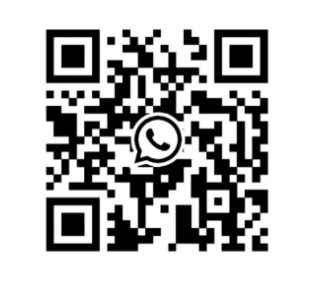I. Overview of Barcodes
Barcodes were first proposed by N. T.land of the United States in 1949. In recent years, with the increasing popularity of computer applications, the use of barcodes has seen significant development. Bodes can indicate information such as the country of origin, manufacturer, product name, production date, library classification number, origin and destination of mail, category, and date, and are widely used in many fields such as commodity circulation, library management, postal and telecommunications management, and banking systems.
A barcode is a graphical identifier consisting of bars and of varying widths and different reflectivity, compiled according to a specific encoding rule (code format), used to express a set of numerical or alphabetic symbol information. That is a barcode is a group of parallel lines with varying thickness and arranged according to certain rules. Common barcodes are composed of black bars (simply referred to as bars) white bars (simply referred to as spaces) with significantly different reflectivity.
II. Composition of Barcode Recognition System
To read the information represented by barcode, a barcode recognition system is needed, which consists of a barcode scanner, an amplification and shaping circuit, a decoding interface circuit, and a computer system, etc (as shown in Figure 1).
III. Principle of Barcode Recognition
Since objects of different colors reflect different wavelengths of visible light, white objects can various wavelengths of visible light, while black objects absorb various wavelengths of visible light. Therefore, when the light emitted by the barcode scanner's light source passes through the diaphm and convex lens 1 and then illuminates the black and white alternating barcode, the reflected light is focused by the convex lens 2 and then projected onto the photoelectric, which then receives the reflected light signals of different strengths corresponding to the white and black bars, and converts them into corresponding electrical signals output to the amplification and shaping circuit. The duration the electrical signal output from the photoelectric converter is also different for different widths of white and black bars. However, the electrical signal output from the photoelectric converter corresponding to the and spaces of the barcode is generally only about 10 mV, which cannot be used directly, so it is necessary to first send the electrical signal output from the phot converter to an amplifier for amplification. The amplified electrical signal is still an analog electrical signal, and in order to avoid error signals caused by defects and dirt in the barcode, a circuit is required after the amplification circuit to convert the analog signal into a digital electrical signal, so that the computer system can accurately read it. The pulse digital signal from the shaping circuit decoded by the decoder into digital and character information. It identifies the code format and scanning direction of the barcode symbol by identifying the start and stop characters; it determines the number bars and spaces by counting the number of pulse digital electrical signals 0 and 1; it determines the width of the bars and spaces by measuring the duration of the 0 and1 signals. In this way, the number of bars and spaces and the corresponding width and the code format used by the barcode symbol to be recognized are obtained. According to the rules corresponding to the code format, the barcode symbols can be converted into corresponding digital and character information, and then sent to the computer system for data processing and management through the circuit, thus completing the barcode recognition.
Contact: Mrke.Chen
Phone: 13726505017
Tel: 86-13726505017
Email: 2277387170@qq.com
Add: 4F-32 Rainbow Fun City, Baishixia Avenue, Baoan District, Shenzhen
We chat
